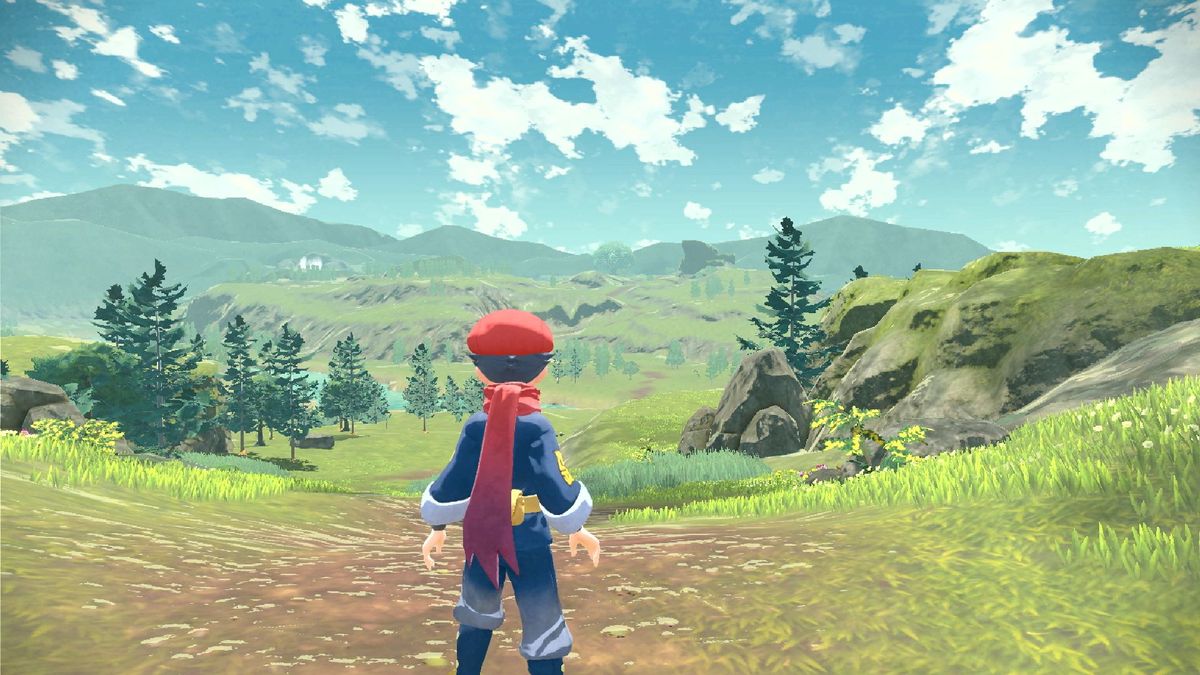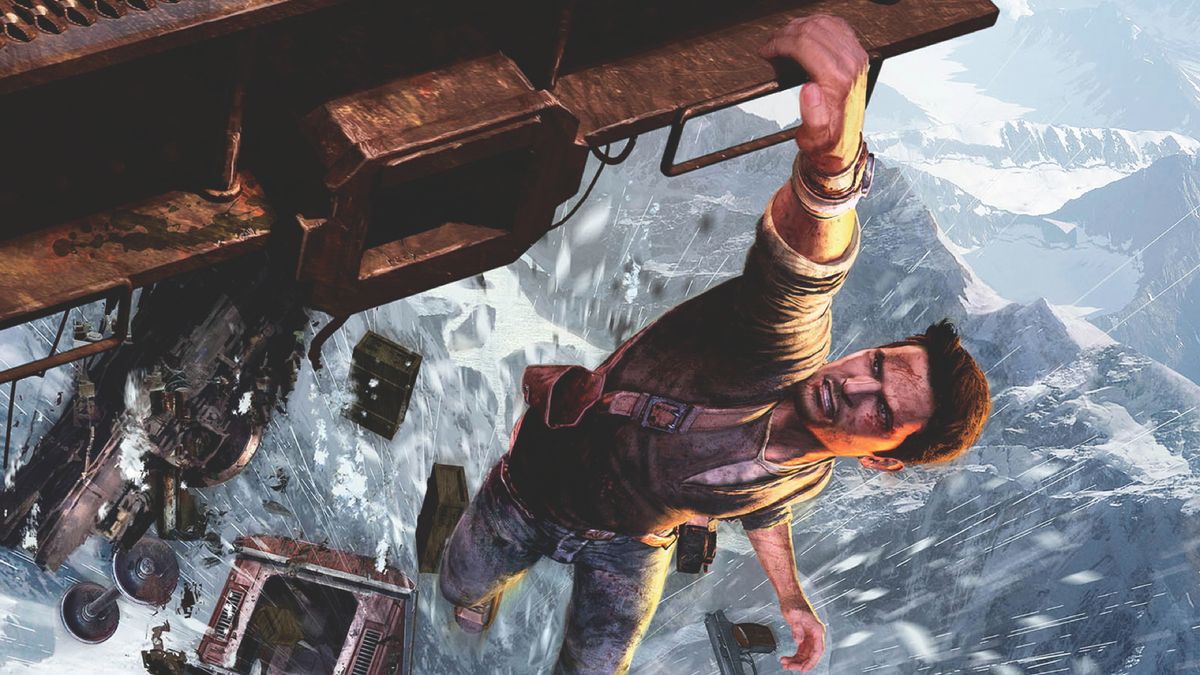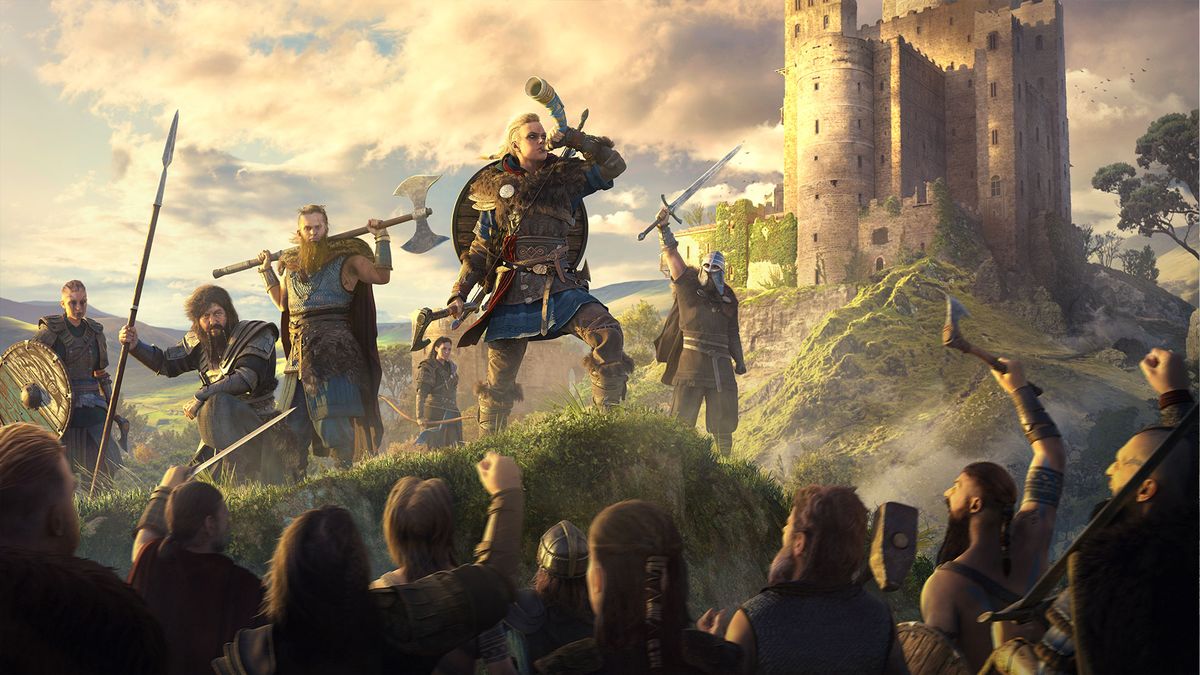So a couple weeks ago, Final Fantasy 7 hit the PS4’s digital storefront. I’d been wanting an excuse to play it again, and despite the fact that this would be the 378th time I’ve spent money on FF7, the added features (especially the ability to fast-forward through random battles) seemed like a worthwhile bonus.
I booted it up, started a new game, watched the same opening cut-scene I’ve seen a thousand times by now, lept off the train, and got into the first fight of the game (you know the one). I dispatched the Shinra soldiers with ease after a few turns, earned my first handful experience points and then – pop – a trophy appeared, rewarding me for winning my very first battle.

Oh, this is new, I thought to myself. I opened up the Trophy list to see what other digital rewards I could earn while playing. Most of the list is typical landmark stuff – finding certain characters, earning ultimate limit breaks, that sort of thing – but my eyes stopped on one in particular: ‘Best Bromance’. It unlocks a Bronze Trophy when you go on a date with Barret in Gold Saucer.
This was something I’ve never done, not in the dozens of times I’ve played through Final Fantasy 7. Square’s seminal RPG is the broodiest of melodramas, and as you play you’ll make a variety of dialog choices that affect your relationship with your teammates, ultimately culminating in a romantic date at a theme park in the middle of a desert. You could choose between any of the female leads, but during my playthroughs, Cloud was into Aerith. I always felt that, by pursuing a relationship with her, her death at the end of disc one became more impactful, so that was how I always played FF7. I’d always known that you could screw things up enough that you’d end up on that romantic Ferris wheel ride with Barret, but I’d never attempted it before. Now that there was a potential Trophy on the line, I had to do it, and I looked up a guide to figure out how to maximize my relationship with Barret while neglecting everyone else.

Updating old games for new consoles is nothing new. Oftentimes classics will receive an HD facelift, getting updated textures, increased resolution, and a variety of new and welcome features that modernize the experience and make playing an older game more palatable. The thing I’m personally drawn to the most, though, is the list of Trophies and Achievements that get added to these titles, because they get me to look at games I’ve played before in a whole new light. It helps to have a passing interest in these arbitrary rewards, but even if you don’t care about your Gamerscore, simply glancing at a the Trophy or Achievement list will clue you into weird Easter eggs and secrets you otherwise would ignore, and get you to do things you’d never even think to do.
For example: Did you know you can kill Revolver Ocelot in Metal Gear Solid 3: Snake Eater, thus causing a paradox in the series’ timeline? Or, maybe you’re interested in challenging yourself by finishing a level of Halo: Combat Evolved without jumping, or figuring out how to shoot Greedo as Han Solo in Super Star Wars’ cantina level. Not only can you do all of these things, each of these games’ HD ports will reward you with the sweet blip of a Trophy or Achievement popping off and a few more points to your profile’s metascore.

For years, accomplishing feats such as these or discovering a game’s deepest secrets were their own reward, but thanks to Trophies and Achievements, there’s a clear progression of mastery, of knowing when you’ve seen and done everything in a game. The more clever rewards in older games will point you toward their more esoteric and ridiculous tricks, like Fable Anniversary encouraging you to either open every Demon Door in the game… or flip one the bird. Or the Climber Trophy in Shadow of the Colossus, which clues you in on a hidden garden at the top of the shrine you start at – figuring out how to get up there is up to you.
These are secrets that were once the result of forum discussions, of the public at large interacting with a game and wringing every last drop out of it. Now that secrets on these games have been out for years (sometimes decades), the developers can have a little fun with these moments and provide tangible rewards for players eager enough to seek them out.
So while I’ve played Final Fantasy 7 (roughly) a million times already, the mere existence of its Trophies is getting me to explore and play in ways I never would have attempted otherwise – and that’s pretty cool.
 Game News Video Games Reviews & News
Game News Video Games Reviews & News



